Up early this morning … or, perhaps I never actually slept. A lot of processing must have gone on overnight because I am feeling emotionally rested and very expansive. Though meaning will take as long as it needs to develop, I am sure today is most definitely Independence Day … independence from consensual reality!
After a hearty Peruvian breakfast of yogurt, eggs, toast and bacon, we are told to meet on the bus in 10 minutes. The Apus gave direction last night that we need to pilgrimage to the holy mountain WaykayWilkey, also known as Veronica, to hold ceremony.
| I have been enamored by this holy mountain since first laying eyes upon it in 1998. A perfect equilateral triangle from a distance, its job description is to teach passion without attachment — without an attachment to outcome, an agenda, or conditionality. I job description worthy of such a gorgeous and imposing mountain! |
We drove along the Urubamba River, which flows SE to NW, to the town of Ollantaytambo. Because of its parallel course, the river is believed to be the early reflection of the Milky Way or Cosmic River. After 450 miles the Urubamba meets the Apurimac River to form the Ucayali River, a major headwater of the Amazon River that Rick and I explored in 1998.
Along the way, Jose Luis reminded us that:
Along the way, Jose Luis reminded us that:
- Upstream from the town of Urubamba, where we are staying, the Urubamba River is called the Willkamayu.
- The Sacred Valley lies at about 9,000 feet above sea level, lower in elevation than Cuzco (11,000 feet).
- The benefactor mountain for the Sacred Valley is Pachatuscon, whose contemporary name is Lord of Huanca. Its mighty job description is being the “axis of the world.”
- The red flags hanging on a number of houses and other buildings indicates that they have aja or chicha (corn beer) for sale. Traditionally, the Inka used them for ceremony, but today chicha is drunk as an effective way to prevent prostate problems by cleansing the urinary track. For women, it cleanses the uterus. Thus it serves as both an intoxicant and medicine!
Along the way we experienced large-scale road construction underway, as this a primary route to the Amazon jungle and source of all the foodstuff that is not able to be grown at these higher elevations.
- Instead, they work through their mesa to transcend time and space. As their mesa gains power, they are able to draw mountain spirits (apus) to it from far distances such as Bolivia and even Rio de Janeiro.
- Santa Tierras can be called upon to “swallow” that which is not in ayni (right-relationship; balance) — pull it into the earth so it can be transmuted (michuy) as nutrients for other life forms.
- Another type of mountain shaman — Pauoks — who fly and work with winged spirits (apus) as part of their cultivation of power. Sadly, Christianity has eroded much of the old traditional cosmology, including that of pauoks.
- It is vitally important to understand the conditions that govern how we create meaning and life. These conditions limit our availability to receive power — the ability to create and change momentums.
- Availability is essential to receive greater and greater power. Simplicity and tukumunayniyoq — the all encompassing power of unconditional love — allow for availability. Availability requires faith and intent.
- “Look at your language,” Jose Luis suggests, “in order to become aware of your conditions.”
At the top of the pass, we stopped briefly at a chapel (huanca) built upon a huaca (a natural site situated at the convergence of many cekes (ley lines) — such as a spring, waterfall, or mountain pass — that are both geomantic and a result of many prayers. This is another site that draws pilgrims on August 1 to reconcile their pachas so they can exercise new vision without fall-back options.
But for now, it is time to hike to a swale below snow-line on Waykay Wilkey. We have been directed to hold ceremony here because cekes holding the quality of energy associated with fertility (in all of its forms of Creation) radiate three-dimensionally to this sacred mountain. As a result, it is revered as a sacred site for coming into ayni (balance : right-relationship) and accessing enka (the essence of pure potentiality that generates the fullest expression of fertility, well-being, light and ayni). Enka is understood to be the fifth element — fire, water, earth, air and enka.
The gift shops throughout Peru sell small figurines, called incaychos. These are come in many shapes including that of a bull, llama, ram or house, etc, and hold and maintain the enka of what they represent. These figurines are often buried in order to give fertility to their physical representations so they thrive.
The gift shops throughout Peru sell small figurines, called incaychos. These are come in many shapes including that of a bull, llama, ram or house, etc, and hold and maintain the enka of what they represent. These figurines are often buried in order to give fertility to their physical representations so they thrive.
A traditional rite of passage includes spending 24-hours on this mountain’s glacier — naked — the teaching is to move beyond fear, insecurity and doubt towards faith. Meanwhile, the initiate awaits a vision or dream. Those who pass this “test” are called “the ones who are twice born” — they have died to time and history. Nothing claims them, but life. In other words, they’ve escaped the grip of time itself and are totally re-wired to different set of conditions.
Ayni is the first step of power. The next step is creating or developing high-level (kollana) affinities of equivalence. Sometimes, we are told, feelings associated with these higher expressions of affinities are difficult, especially when we get caught up in consensual reality.
After opening sacred space, Adolpho led a despacho ceremony that honors Pachamama and the apus. As I made k’intus with coca leaves, I infused them with prayers to engage my life with more ayni; to develop higher-level affinities to fertility / well-being / light / ayni; to be more available so I could access enka readily; and to be of greater service to Spirit.
Ayni is the first step of power. The next step is creating or developing high-level (kollana) affinities of equivalence. Sometimes, we are told, feelings associated with these higher expressions of affinities are difficult, especially when we get caught up in consensual reality.
After opening sacred space, Adolpho led a despacho ceremony that honors Pachamama and the apus. As I made k’intus with coca leaves, I infused them with prayers to engage my life with more ayni; to develop higher-level affinities to fertility / well-being / light / ayni; to be more available so I could access enka readily; and to be of greater service to Spirit.
Adolpho told us that the apus require more presence, autonomy and physical manifestation as one receives more power. His mesa is a gateway, as is his physical body. His personal job description is to heal people and give them the information they need. As a result, he travels a lot to small villages. Most of his healing work is done through despachos. The apus tell him what needs to be done, then he holds that in his mesa.
Don Martin shared that he also does healings through despachos, and that through his power and loss of power, he has learned the importance of respect and love.
Juan, who is the son of don Mariano Apasa and, with his brother Francesco, the last apprentices of don Manuel, tells us that he is a pampamesayoq and works with paqarinas, huacas, and elemental forces of nature. He very adamantly told us that pampamesayoqs can be equally powerful as altomesayoqs!
Don Martin shared that he also does healings through despachos, and that through his power and loss of power, he has learned the importance of respect and love.
Juan, who is the son of don Mariano Apasa and, with his brother Francesco, the last apprentices of don Manuel, tells us that he is a pampamesayoq and works with paqarinas, huacas, and elemental forces of nature. He very adamantly told us that pampamesayoqs can be equally powerful as altomesayoqs!
| Once the despacho was complete, Adolpho used it to clean each of our medicine bodies to help further remove heavy energies (hucha) that keep us conditional. Then the medicine people took the despacho off to be burned so our prayers could be quickly sent to Spirit. Later, sitting again in our circle, there was more information shared:
|
- According to the apus, the Lord of Collya R’iti forbids them to speak anything but Quechua and Spanish.
- As a result of the Spanish rule, the new Christian cosmology grew while shamanism went underground. To keep the Andean cosmology alive, mountain shamans embedded their beliefs within the framework of Christianity. For instance:
- Christ symbolized Illya Texa Wiracocha/Creator
- Madonnas — Pachamama and nuest’as
- Angels — Apus
- Mountains with European names — e.g. Maria Huanman Tika and Manuel Pita, named after medicine people whose power, according to legend, returned to the mountains after their death. Manuel Pita, a small mountain, lies across from the village of Wasau.
- Christ symbolized Illya Texa Wiracocha/Creator
- Apus provide the means of healing, justice, and answers for everyday life. Sometimes smaller, less powerful apus punish an Altomesayoq, if they are out ayni or in conflict with the apus sense of consensual reality. Higher-level apus (e.g. Collya R’iti, Ausangate, Sakantay etc.) do not subscribe to punishment.
- How one experiences apus is in direct correlation with their personal cosmology. In other words, if you subscribe to a punitive cosmo-vision, then you will create this type of relationship with the apus.
- Tankaenquy is a trance inducing sone that has the power to awaken a huaca.
- Adolpho: Told us there is a hierarchy of apus.
- One of the Santa Tierras told him during last night’s session that some of us are not anchored to Pachamama. We must be anchored to Pachamama so that we can grow our medicine.
- We create anchors by:
- Connecting intent through breath;
- Having a shell in our mesa to symbolize Pachamama that is connected to her via kollana cekes;
- Having a mesa stone that is connected via kollana cekes to huacas.
- Connecting intent through breath;
- Jose Luis: Shared with us the names of the apus who came during last night’s session:
- Sacsayhuaman Cavilldo — came first to check things out. This is one of three expressions of Sacsayhuaman;
- Senõr Yanakaka de Palulu — Adolpho’s benefactor and local mountain apu. Through Senõr Yanakaka de Palulu the other apus come through his ethereal body and sometimes use his vocal chords to speak;
- Senõr Macho Yanakaka (much older than the previous expression) — invited Salkantay, who later came;
- Qorichaska (Golden Star) — a Santa Tierra that is an overseer of everything, and who came to see if the altomesayoq (Adolpho) was dispensing the power that he is responsible for dispensing. Qorichaska scanned who we are and what our purpose is. Jose Luis has been charged, by the apus, to teach Adolpho the cosmology; in exchange the apus only let Adolpho work with Jose Luis.
- Salkantay — visited briefly and said that more information would be dispensed when we visit the mountain.
- Apu Ayna (an ancient apu) — said that Pachatuscon was not able to be with us because of some fires that were burning. Apu Ayna broke glass, and asked Jose Luis to rattle and sing his medicine song (Salkantay, who was also present at the time, said that he liked the song);
- Santa Tierras — were loud and said that we need to connect with and develop cekes to Pachamama. They blessed our mesas and personally connected us to Pachamama, and asked that we leave our mesas open so they can visit us. The Santa Tierras that visited were:
- Santa Tierra Porto Moldonado (Amazon)
- Santa Tierra Anduwayleus (west of Cuzco)
- Santa Tierra Byodelaros (Urubamba)
- Santa Tierra Avenquy (south of Cuzco)
- Santa Tierra Mamaconas — crones that were “Virgins of the Sun” (altomesayoqs).
- Santa Tierra Porto Moldonado (Amazon)
- Sacsayhuaman Cavilldo — came first to check things out. This is one of three expressions of Sacsayhuaman;
At dinner, we were told there would be a fire ceremony tonight, and asked to bring to the fire anything within our personal cosmology that needed to be released, cleansed or re-wired.
I brought 3 sticks wrapped with colored yarn — one represented the release of all that I know, so that I can be more available to “experience;” another symbolized my desire to cleanse the heavy energies (hucha) that keep me conditional so I can create higher level affinities; and the third stick expressed my intention to re-wire my DNA so chromosomes would no longer break and create mutants.
I brought 3 sticks wrapped with colored yarn — one represented the release of all that I know, so that I can be more available to “experience;” another symbolized my desire to cleanse the heavy energies (hucha) that keep me conditional so I can create higher level affinities; and the third stick expressed my intention to re-wire my DNA so chromosomes would no longer break and create mutants.
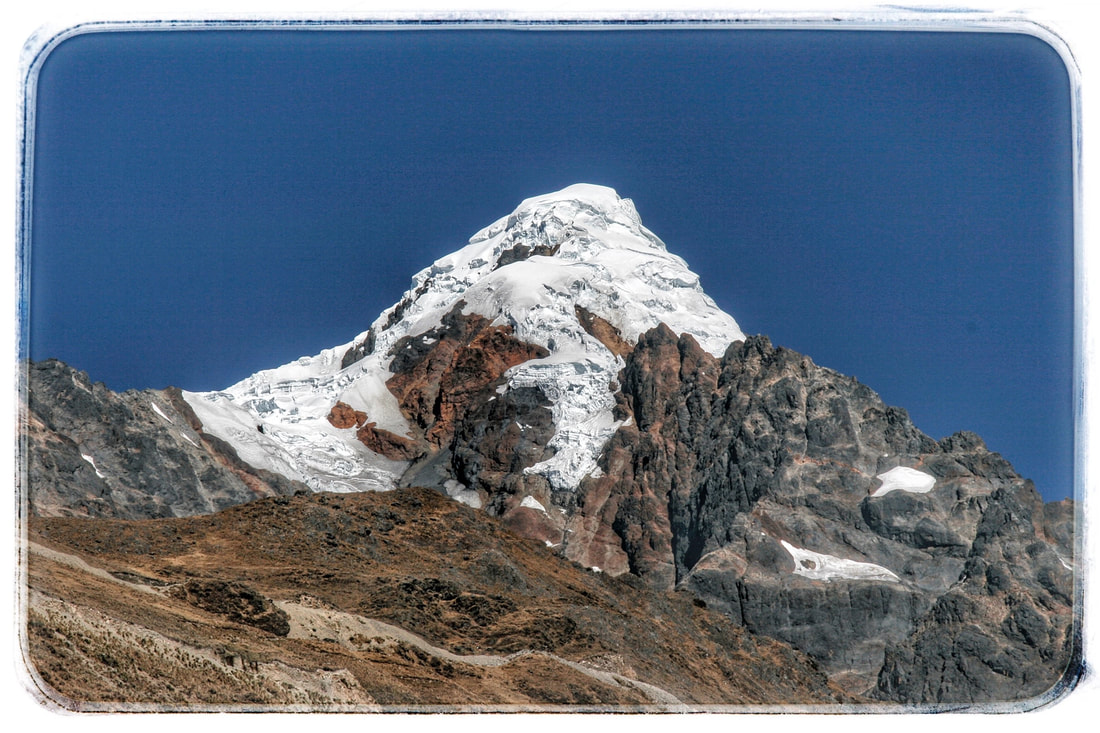
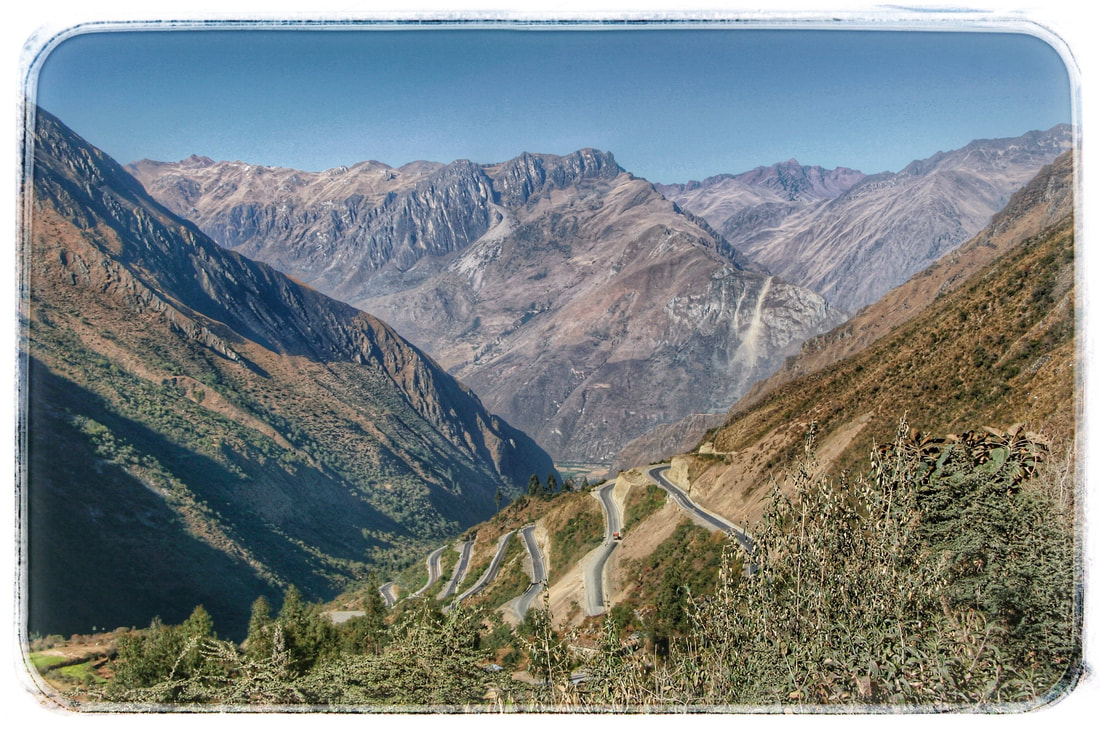
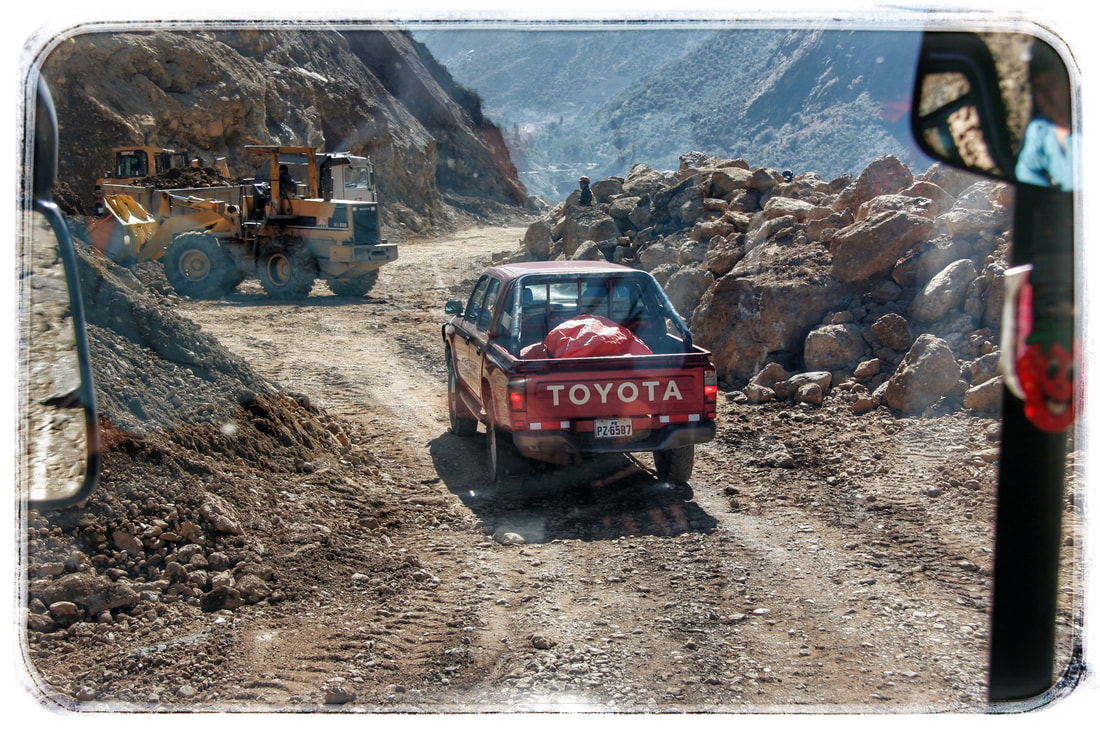
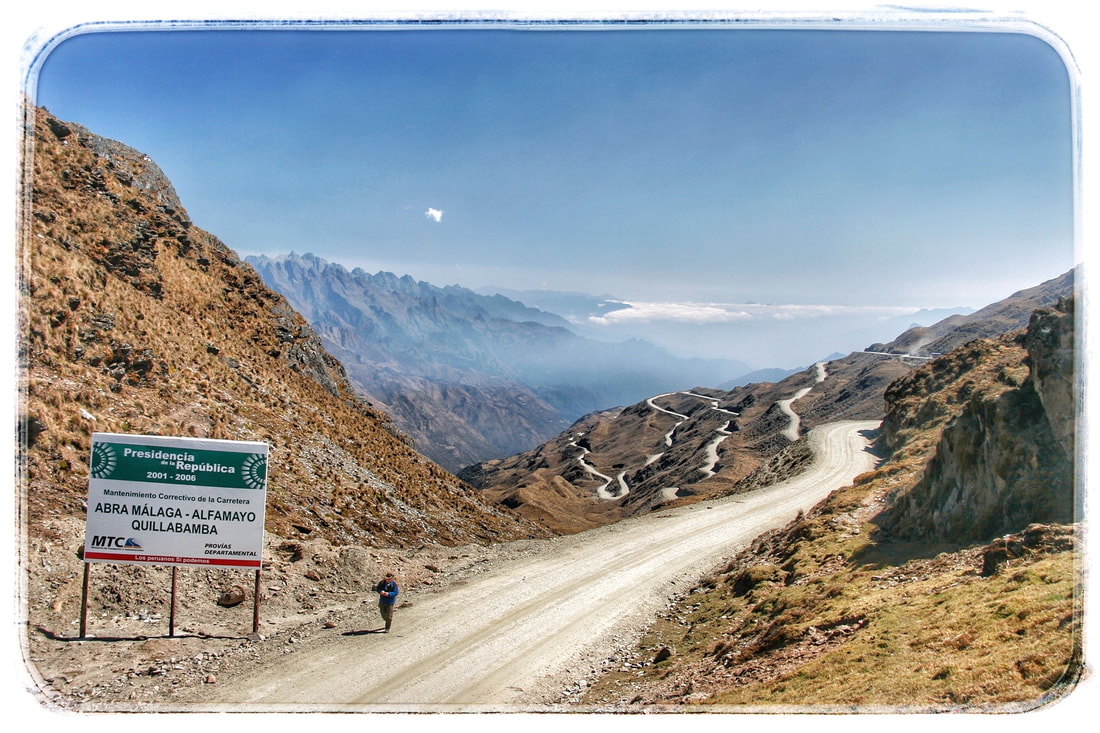
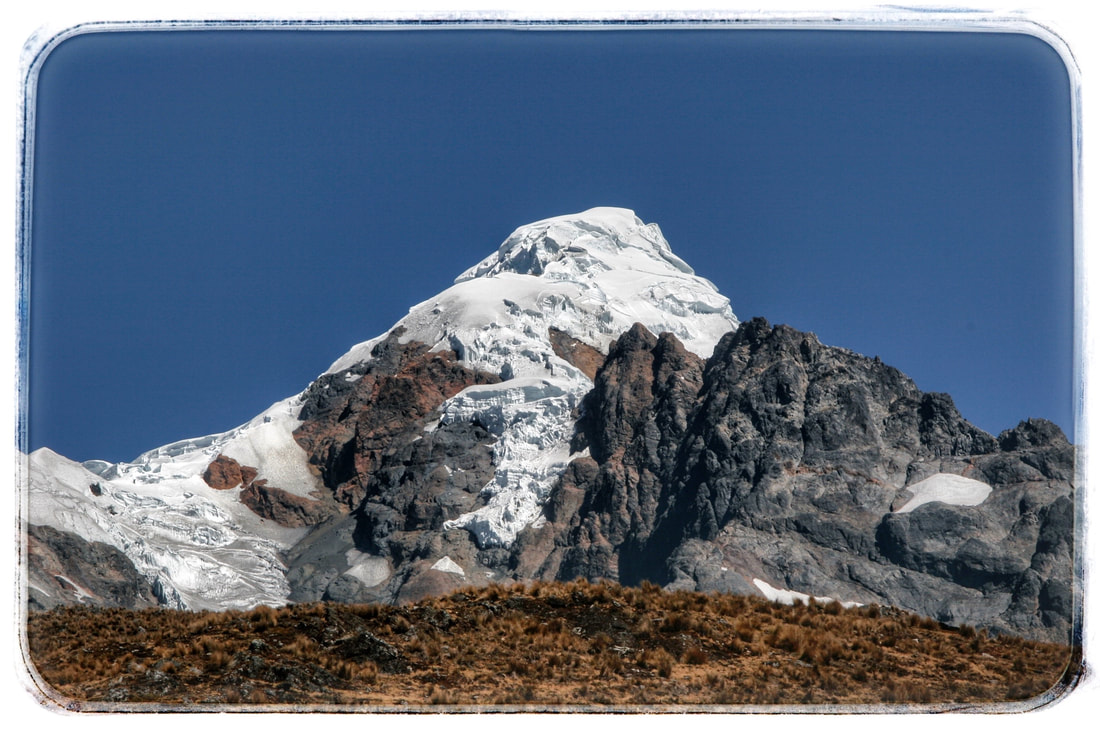
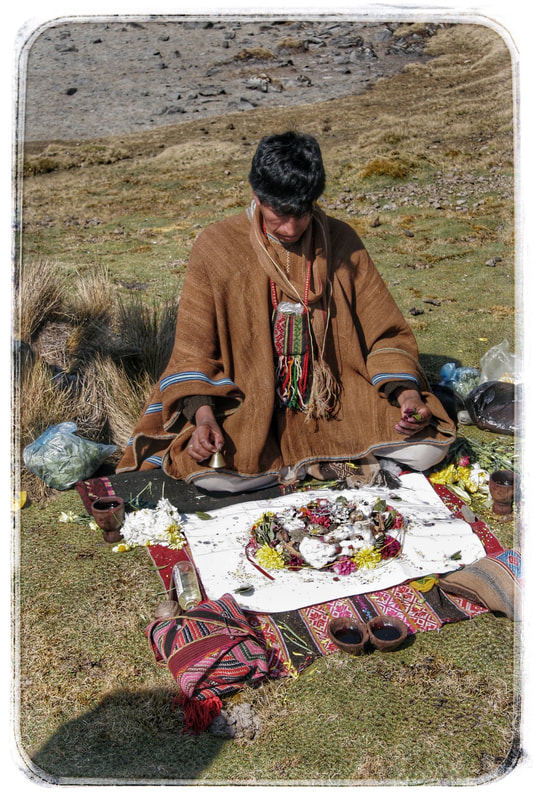
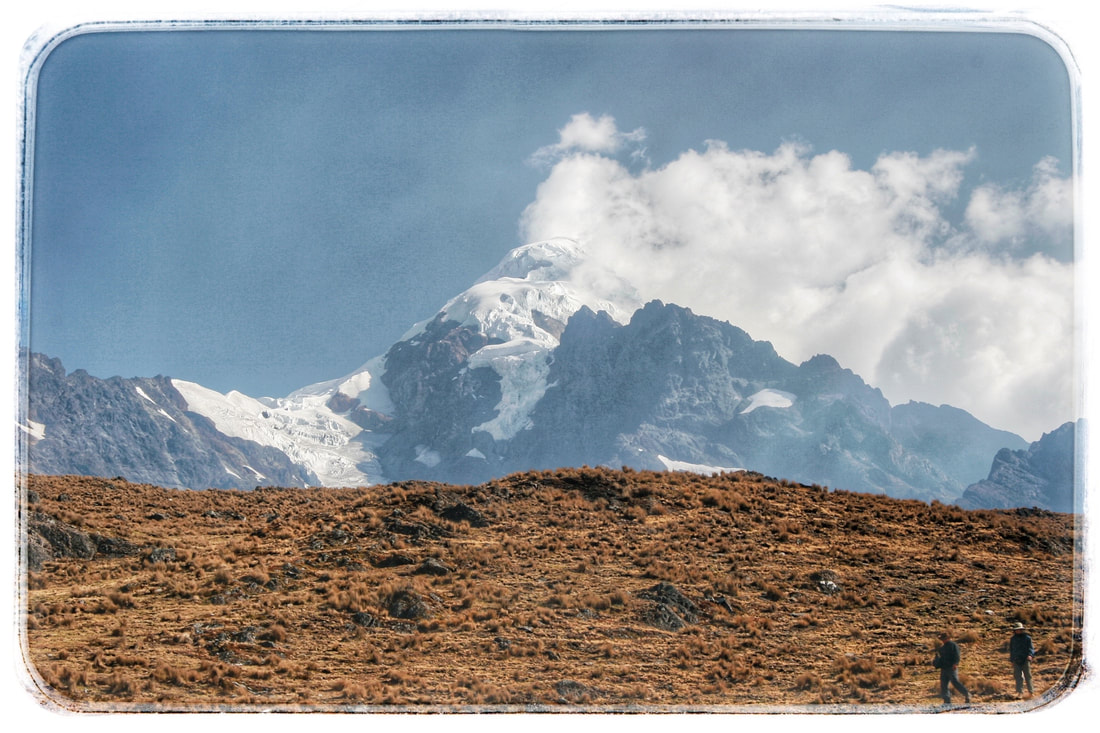
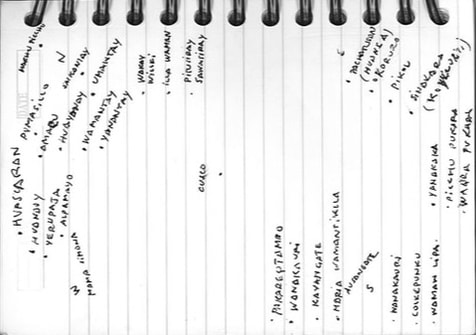
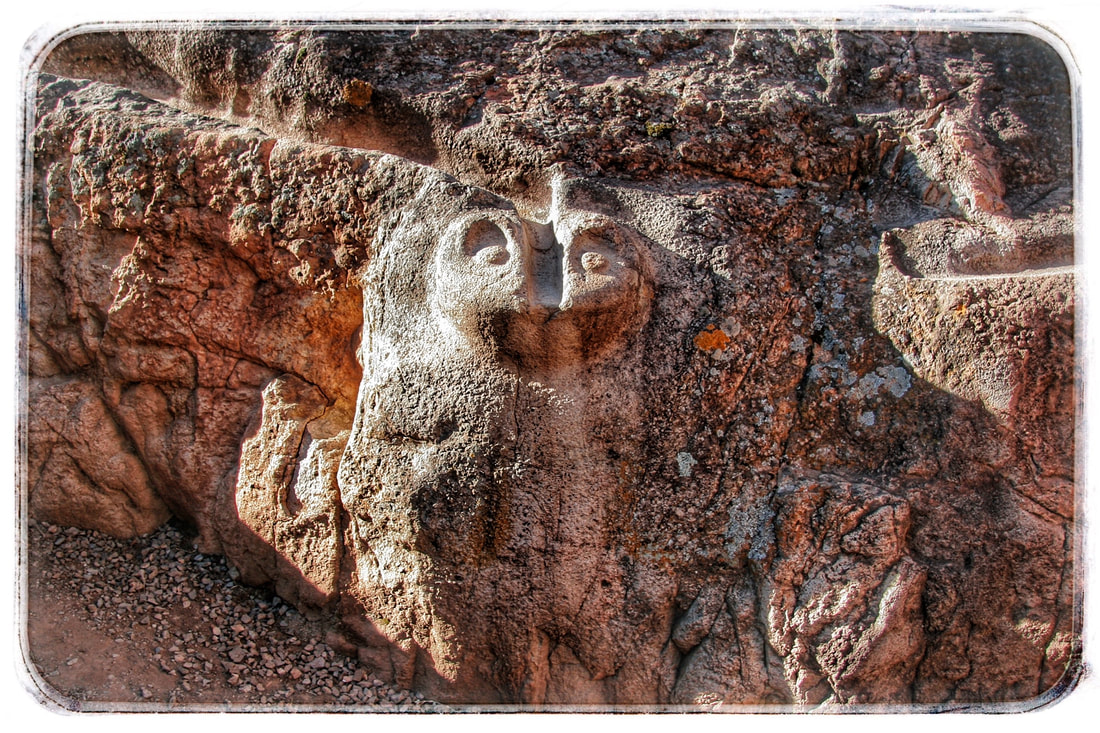
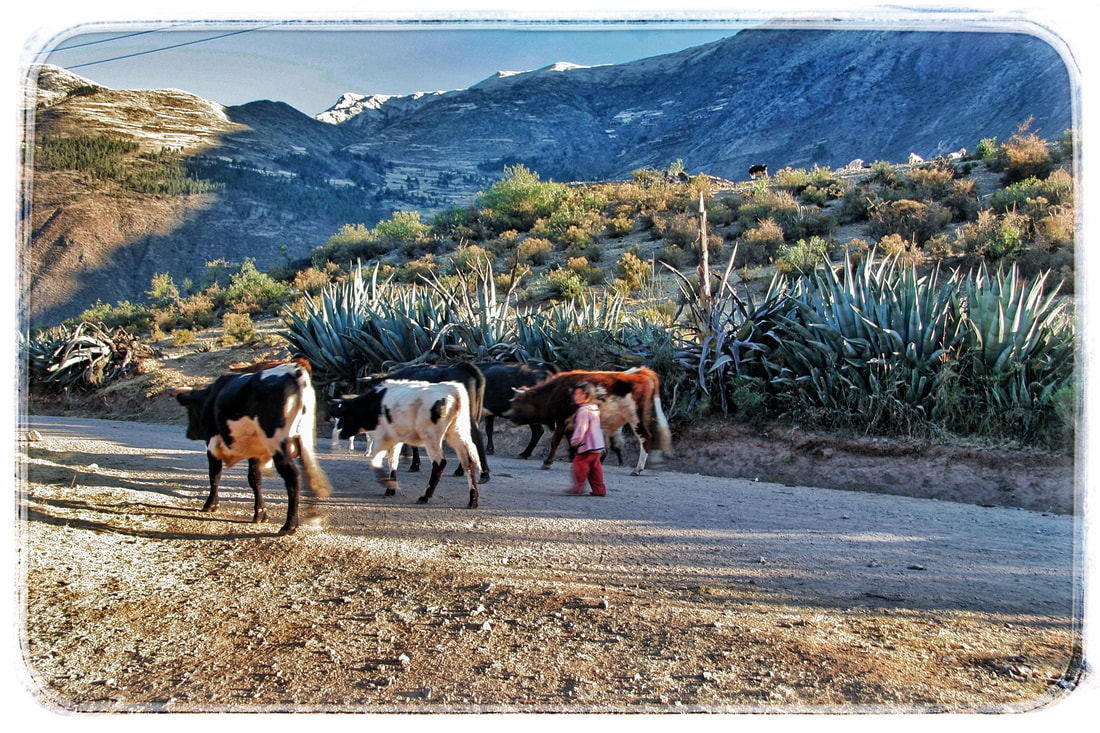
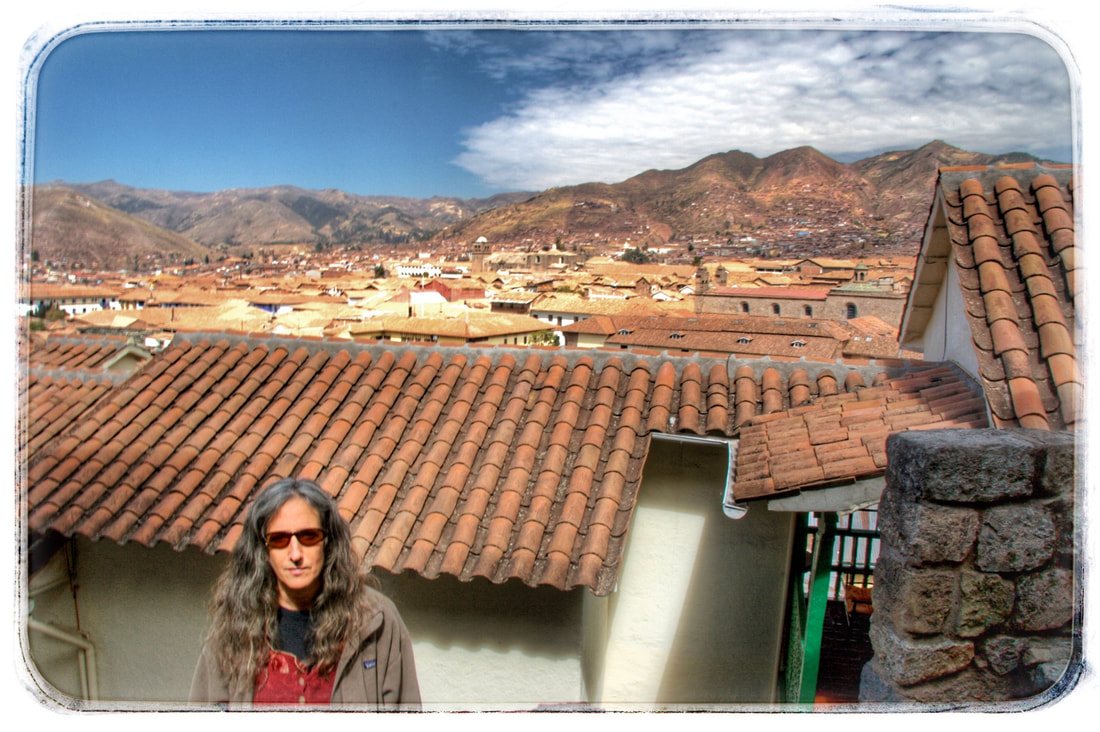
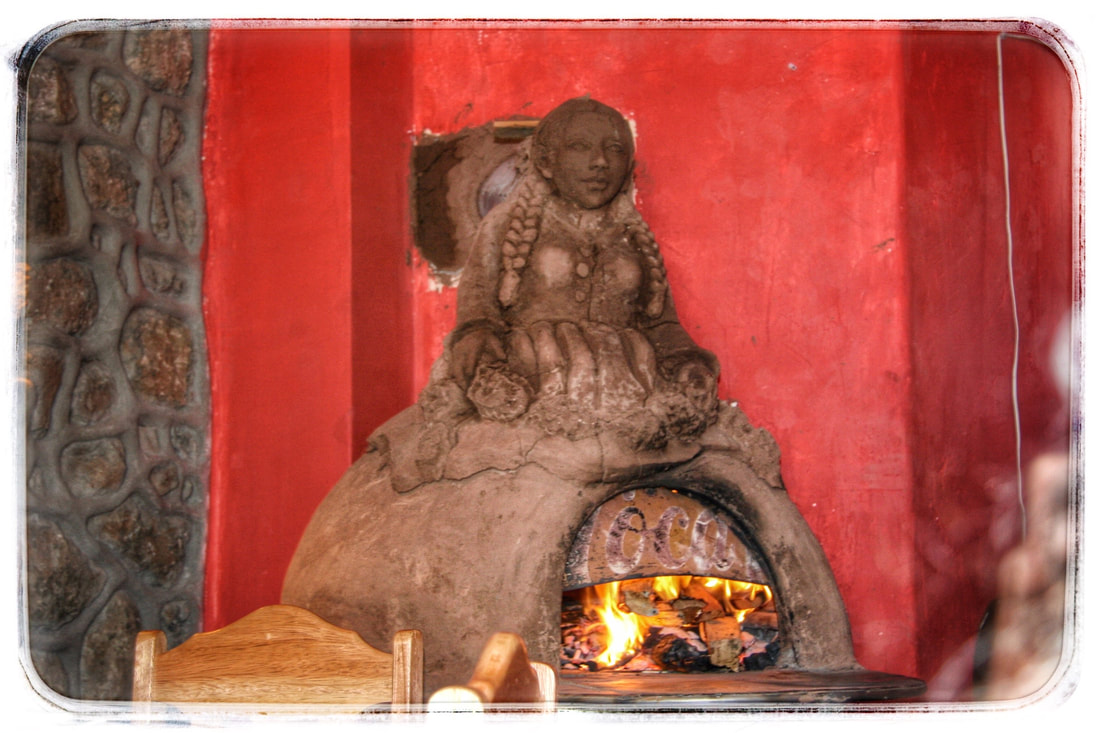
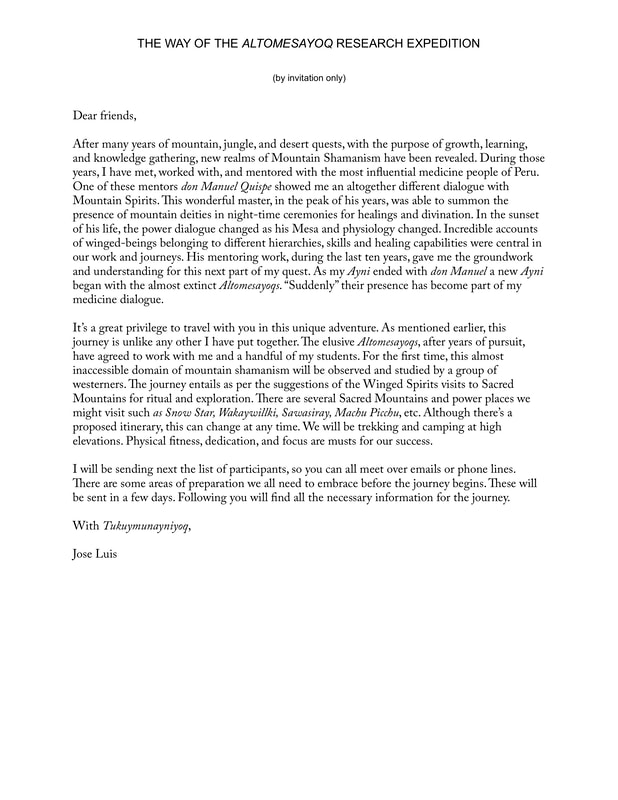
 RSS Feed
RSS Feed
